Build a Family Tree With Your Child and embark on an enlightening journey. This activity not only helps understand familial ties and ancestry but also fosters long-lasting bonds between family members.
Specifically for children, it can be a fun, interactive learning experience that teaches them about their family history, fosters their curiosity, and infuses a deeper respect for their roots.
This article will enrich your understanding of core family relationships and suggest various mediums and formats to translate this knowledge into an engaging family tree for kids.
Additionally, it will offer tips to spice up this activity by inserting interactive and educational components, bringing to life the personal stories behind the names.
I also encourage you to explore “Creating a Stunning Family Tree Online: Tips and Tricks” and “Ancestors’ Research: A Free Beginner’s Guide.”
Additionally, dive deeper into your genealogical journey by checking out my YouTube series, “Unlocking Your Past: The Journey to Trace Your Ancestors.” For insightful tutorials and tips on tracing your lineage, click here.
How to Build a Family Tree With Your Child:
The fine art of raising children involves nurturing them with knowledge just as much as it does with love.
One of the first spheres of knowledge we introduce to them is our own family. Yet, teaching about basic family relationships can sometimes feel like untangling a complex vine.
So, where do we start?
First off, let’s provide a good grounding. Start from the center and work your way outwards, just like how a small pebble creates ripples in a pond.
In this case, the pebble is the child, and the closest ripple represents the immediate family. This includes parents, siblings, and pets (if any).
When explaining parents and siblings to children, use familiar and consistent terms like:
- Mommy.
- Daddy.
- Brother.
- Sister.
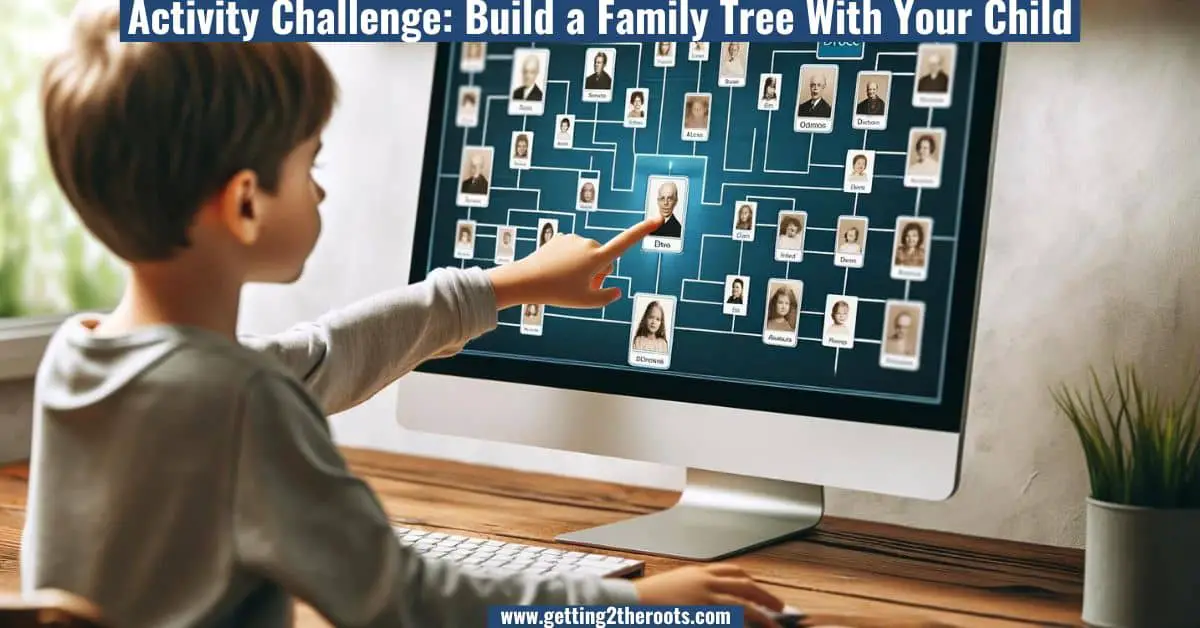
It helps in creating a solid foundation. Pets, especially if they’ve been part of your household for a long time, can be described to kids as furry siblings.
- Now, let’s move on to the next ripple: grandparents.
- Make sure to explain both sets—paternal and maternal.
- While this may seem like a no-brainer, children often wonder why they have two sets of grandparents.
- To make this crystal clear, try visual aids.
- Draw a simple family tree with your child, placing their grandparents at the top, their parents in the middle, and themselves at the end.
- This will give your child a visual representation of their family hierarchy.
Labeling aunts, uncles, and cousins becomes the next priority. Include both sides of the family. Make your children understand that aunts and uncles are parents’ brothers and sisters, while cousins are the children of these aunts and uncles.
Using family photos can be an excellent tool in this endeavor. Name each family member in the photo while explaining their relationship to the child.
Once these priority members are introduced, you can then branch out to more extended family members, such as great-grandparents, second cousins, or even great-aunts and uncles.
However, this should be done at a later stage to avoid overwhelming your child with too much information at once.

Remember that each child is unique and will take their own time to comprehend these relationships. Patience is key, and so are repetition and reinforcement.
Having consistent family interactions, both within and outside of the home, will give your child plenty of opportunities to learn and apply this new knowledge.
Ultimately, understanding basic family relationships is an important stepping stone in your child’s social and emotional development.
It instills a sense of belonging, identity, and respect for others. So take the time to guide your child through this wonderfully complex network of family ties.
It’s one of the many priceless investments you will make in their education and overall growth. And remember, it’s not just about the labels. It’s about creating a strong, deep-rooted, loving bond that defines what family truly means.
So, make the most of this learning experience, for it comes stitched with unbreakable threads of love, respect, and understanding.
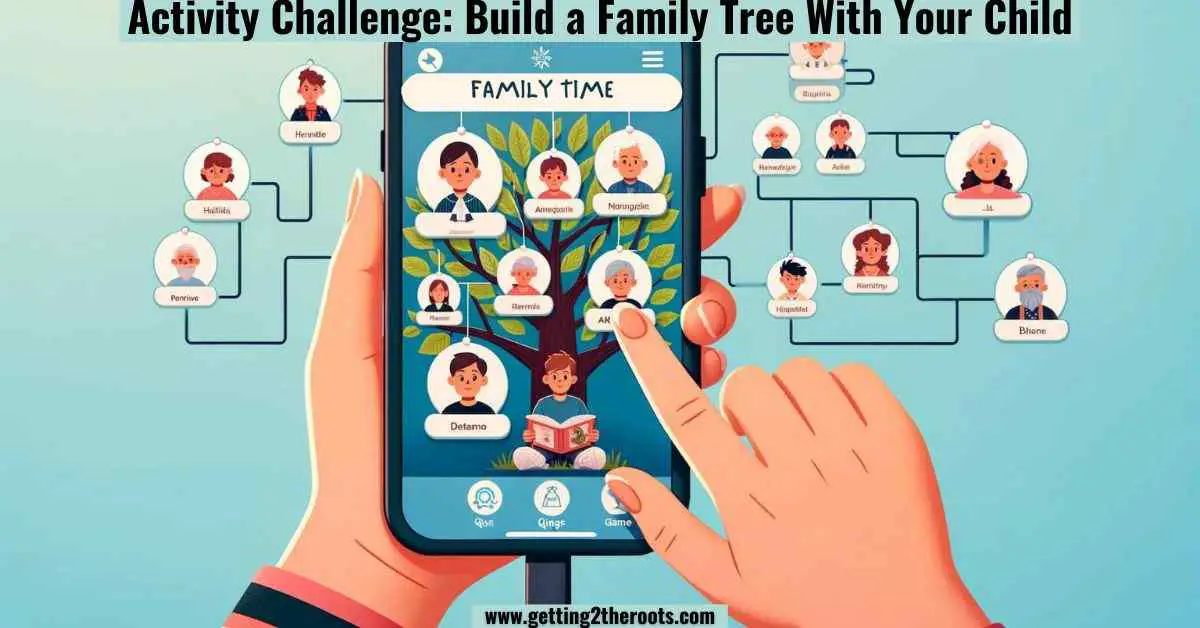
How To Choose a Family Tree Format
Opting for the Ideal Kid-friendly Family Tree Format
Imagine a magical key that unlocks the secrets of your family’s history, a key that helps your little ones understand where they come from and introduces them to the cherished bonds of family relationships.
That magical key could be none other than a child-friendly family tree. It’s a creative and interactive way to help children grasp the concept of family relationships.
But how to choose the appropriate format is often a real head-scratcher. Well, worry not, because here’s the scoop: Getting the format right is crucial for making the concept of a family tree appealing to young minds.
They will benefit the most from a format that is easy to understand, visually appealing, and interactive—something that doesn’t feel like they’re studying but is playing.

A “Poster Format” can be an excellent choice for their first family tree, given its simplicity and visual appeal.
To enhance engagement, print photos of the children, parents, grandparents, aunts, uncles, and pets—everyone special to the family. Then, thoughtfully place them in the family tree’s structure.
The visual representation will help children understand the family hierarchy better while making it fun.
For those who want to delve deeper into family roots, a “Book Format” can do wonders. This format allows you to explain intricate family relationships across multiple pages.
It could contain a mix of photographs, family stories, descriptions, or interesting facts about family members, and even historical family heirlooms or documents for older kids.
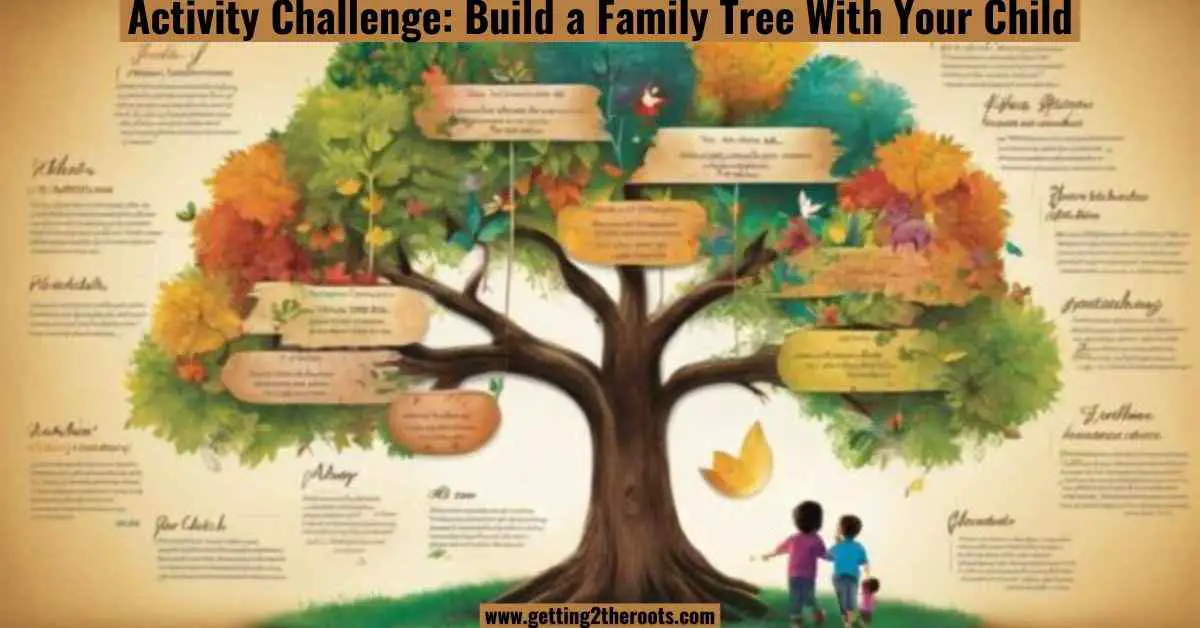
Rather than simply learning names and relations, children can discover the stories and history behind their ancestors.
For tech-savvy families, a “Digital Family Tree” opens up a world of interactive learning. Numerous online resources and apps allow users to create interactive, colorful, and engaging family trees.
These platforms offer ample customization options to make the family tree more attractive. Moreover, because it’s digital, it’s easy to update and access anytime from anywhere, making it perfect for families spread out across different locations.
Now, if you want to take things to another level, why not try a “3D Family Tree”? By using simple craft materials, one can bring a family tree alive in the form of a ‘real tree’.
The three-dimensional structure gives a life-like feel, adding an extra layer of intrigue for the kids. It can be placed on a table or in a corner of the room, triggering curiosity and conversation every time it catches someone’s eye.
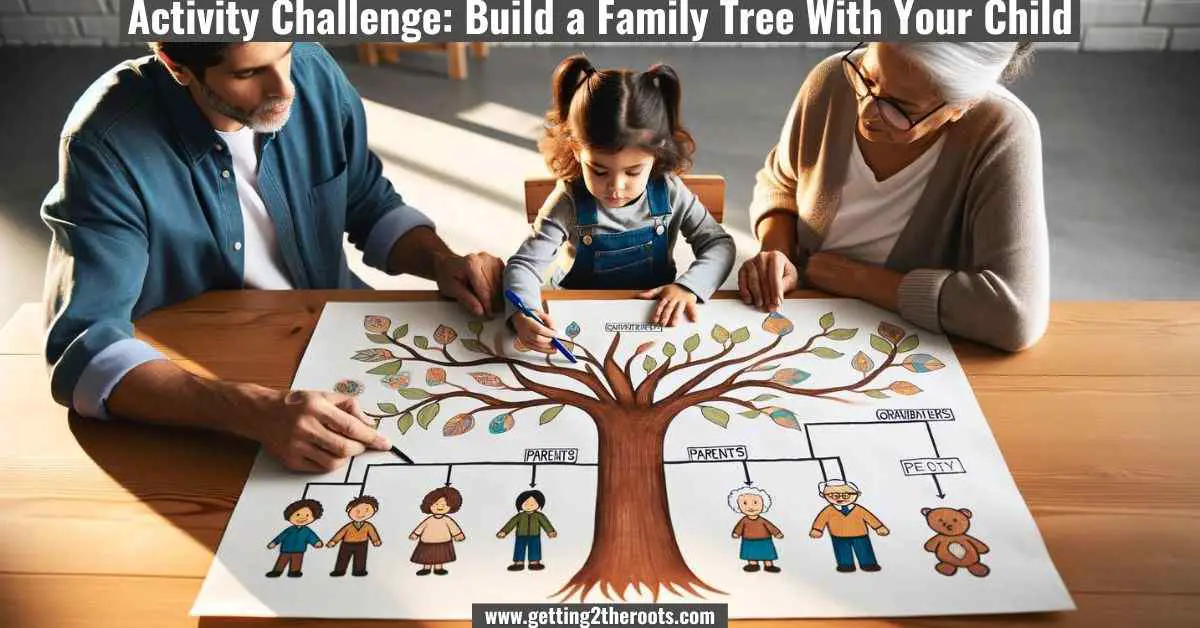
Thus, deciding on the perfect format for a kid-friendly family tree depends on what best suits your child’s learning style, interests, and the family’s resources and technological skills.
A poster or a 3D craft might be perfect for younger kids and hands-on learners, while a book format or a digital family tree might be suitable for older children or those who enjoy storytelling or technology.
No matter which format you choose, remember – the ultimate goal is to foster love, connection, and understanding of one’s roots and how these roots contribute to the growth of a strong, resilient family tree.
It’s all about sharing one’s history, celebrating shared connections, and nurturing a stronger family bond – one leaf at a time!
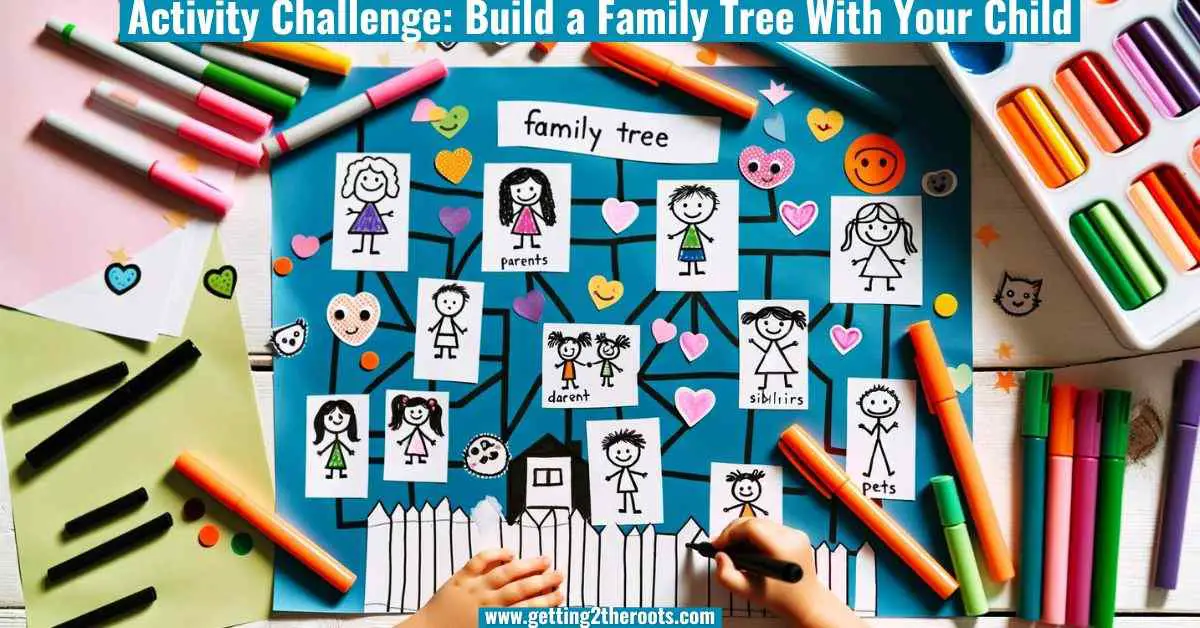
Incorporating Interactive and Educational Elements
“The Art of Crafting an Engaging & Educational Family Tree for Children”
Have you ever thought of crafting a family tree to guide your children’s curiosity about their roots? A family tree is an excellent educational tool, transforming abstract concepts about relationships and history into a tangible, accessible format.
So, what steps can you take to make sure your family tree will captivate your children’s attention and nurture their understanding? Here is where the fun begins!
Choose an Engaging Format: The first step is to choose an appealing format for your family tree. A poster is undoubtedly a classic choice.
It provides a large, expansive canvas where relationships are visible all at once and has the added advantage of decorating your family space in a meaningful way.
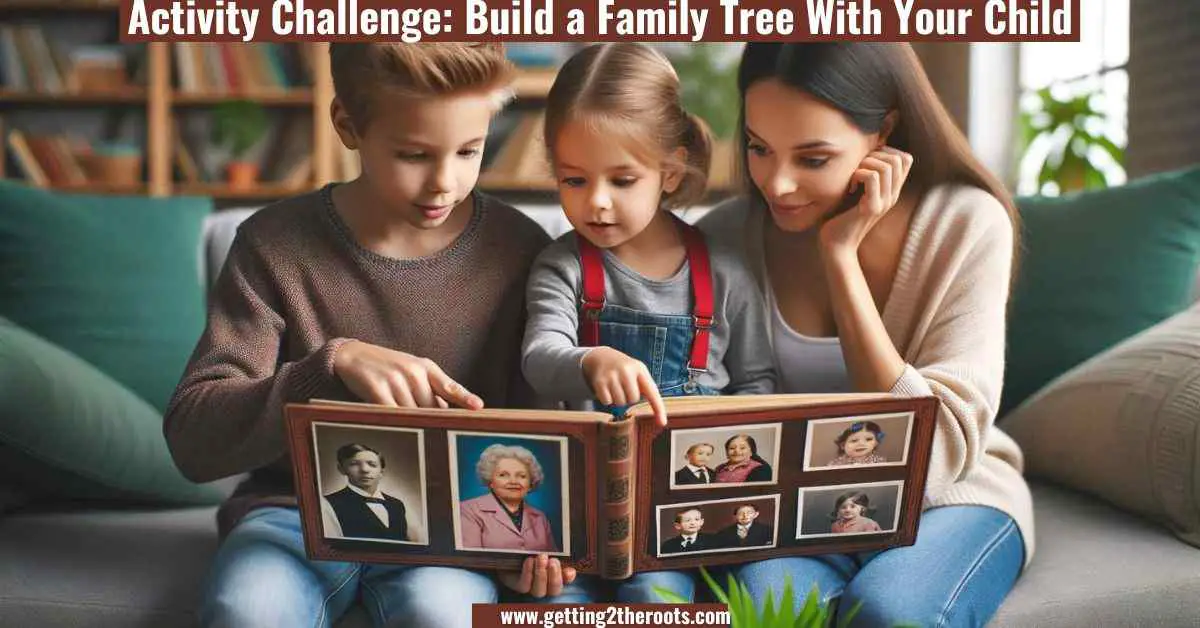
The book format, on the other hand, can be more compact and comprehensive, allowing for additional stories and anecdotes about each family member.
A digital family tree offers an interactive platform that can be filled with clickable photos, stories, and links, while a 3D family tree not only showcases the family lineage but also adds an element of exploration, as children can rotate and view it from different angles.
Every format has its own unique benefits, so choose the one that best suits your family’s preferences and dynamics. Ultimately, the goal is to create an engaging and interactive way for your child to connect with their family heritage.
Provide Visual Appeal: A family tree must not only be informative but also be visually engaging to keep children curious.
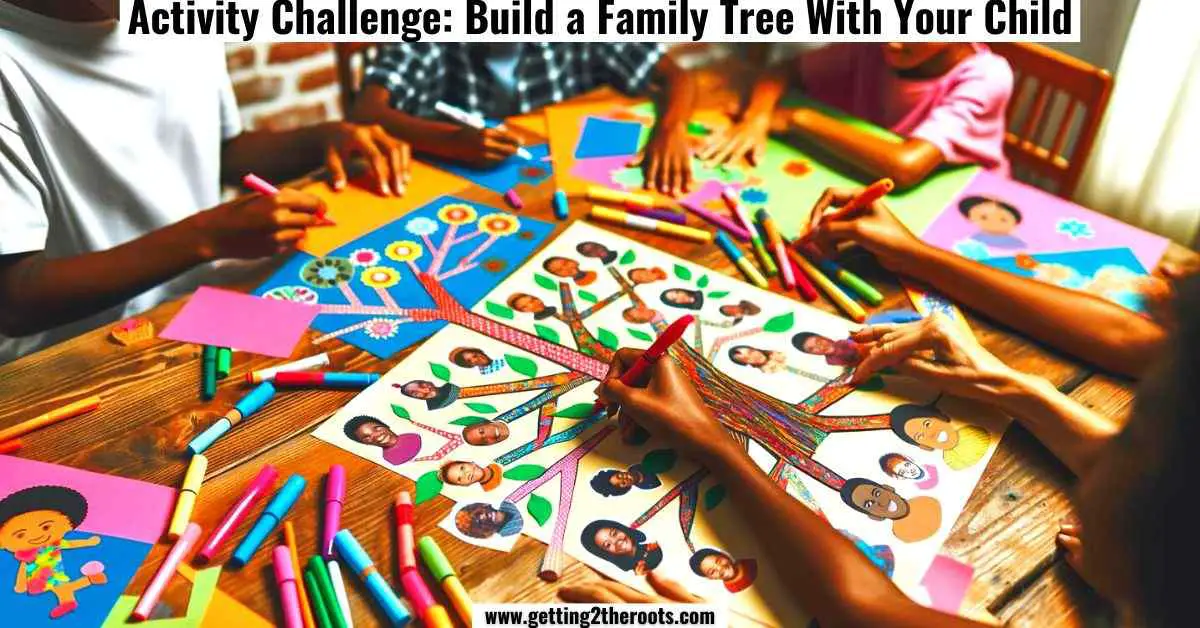
Use various colors, shapes, and images to differentiate between the different family generations and relationships to make understanding easier.
Incorporate photos, artistic illustrations, or even personal artifacts that denote each person. The aesthetics will surely catch the child’s eye and help them remember each family member better.
Make it Interactive: The family tree should not be a static display. It should be an evolving project that grows as they do. Include elements that can be manipulated or added over time.
Whether it’s attaching new photos, adding notes, or updating it with new family connections, the interactive nature will deepen a child’s involvement and interest.
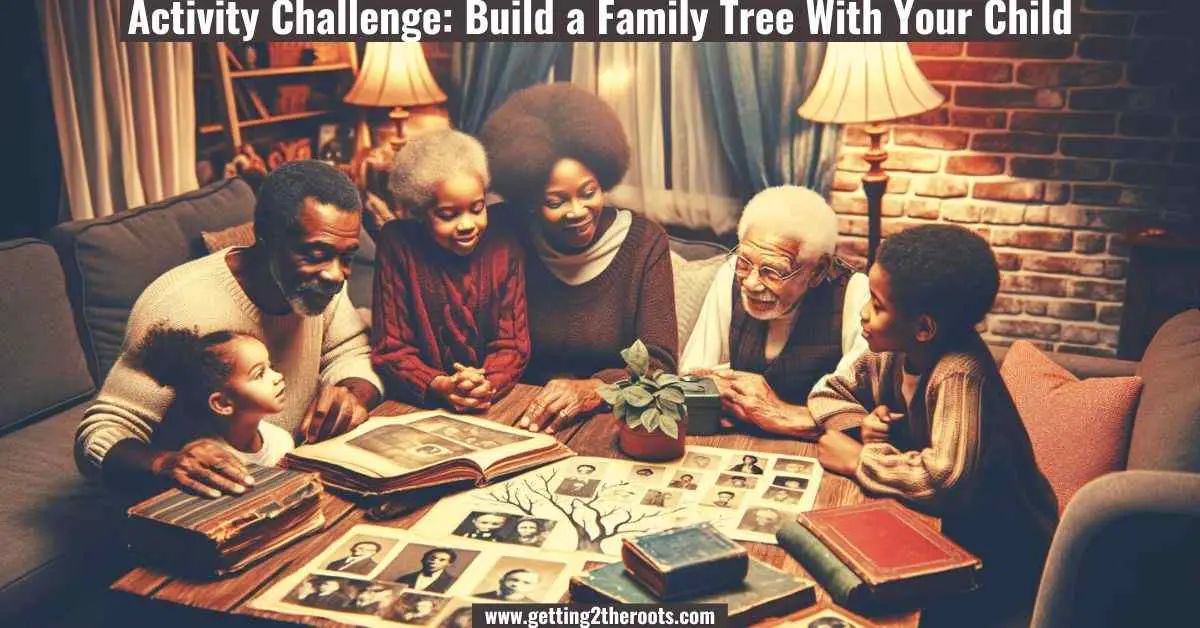
Include Stories and Anecdotes: A name or a picture on the tree can become much more meaningful when associated with a memorable story or fun fact.
Take the time to include short narratives for each person, such as how one’s great-grandparents met or what your aunt’s preeminent talent is. These stories give character to the names, making them more relatable and memorable.
Maintain Relevance: Lastly, keep the family tree relevant to the child. Focus initially on immediate family members, and as their understanding deepens, introduce extended family members.
Making a family tree should feel like a treasure hunt, with new pieces of history and relationships revealed in stages.
At the end of the day, the point of creating a family tree is to encourage love, connection, and understanding within the family.
So, include your child in the process; allow them to ask questions, share stories, and participate actively in building their understanding of their roots.
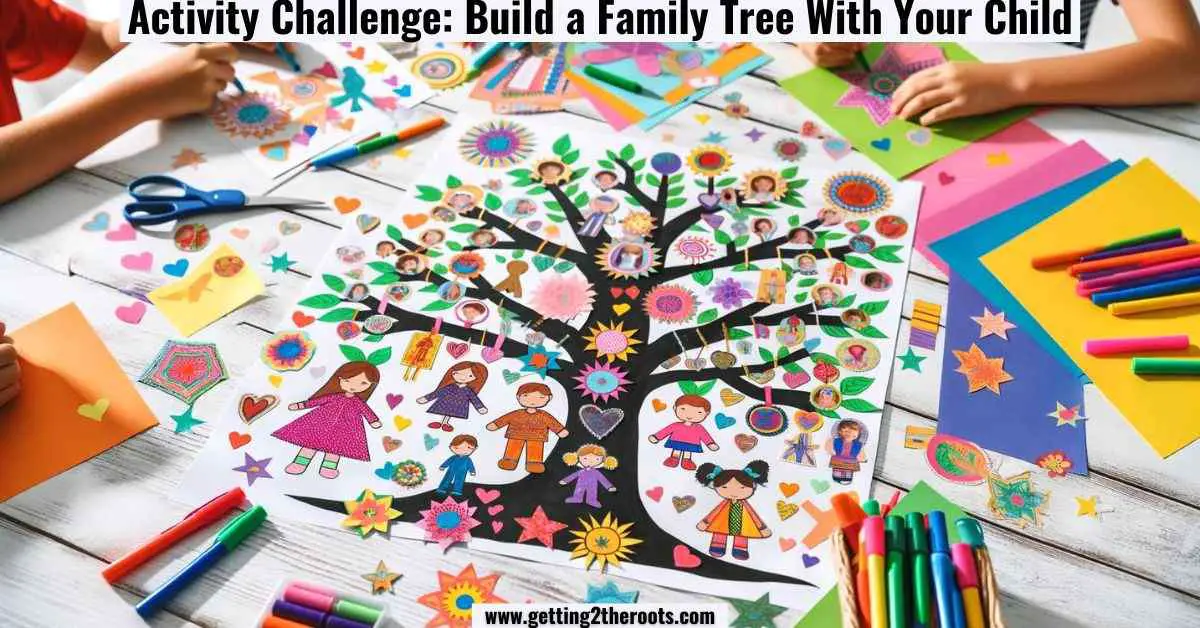
It’s an excellent avenue for embracing your family heritage, bonding with your child, and strengthening their emotional and social grounding in the family history.
Conclusion
Mapping a family tree is much more than a genealogical exercise. It’s an exciting voyage into family history and relationships, with the power to weave a cherished tapestry of memories that lasts beyond generations.
It can empower children with a sense of belonging, cultivate their interest in their heritage, and augment their interpersonal skills. This activity can evolve into a perennial quest as every new member adds a new branch to the family tree.
Remember, there is no right or wrong way to design this tree. Follow the beats of your family’s heart, stir in some creativity, add the sweet nostalgia of photos or anecdotes, and watch how this interactive history tool becomes a beloved tradition in your family.
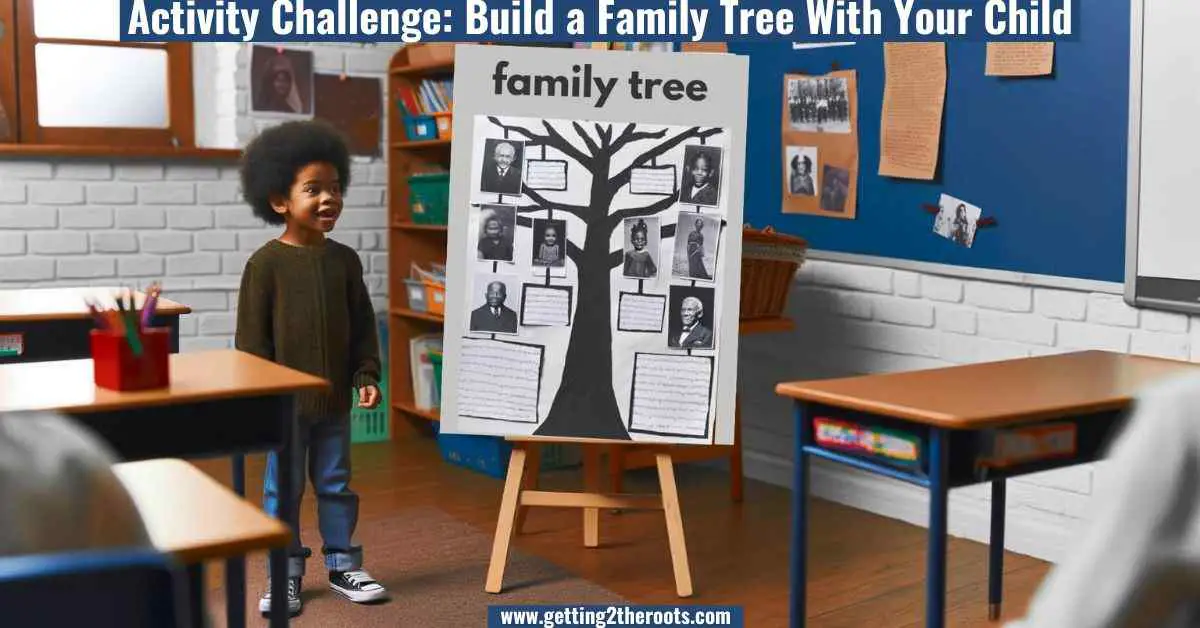
FAQ: Building a Family Tree with Your Child
1. How do I start building a family tree with my child?
- Begin by gathering basic information about close family members. Use family photos, stories, and records to create a simple tree diagram. Explain the relationships as you go, making it a fun learning session.
2. What materials do we need to create a physical family tree?
- You’ll need paper or poster board, markers or crayons, photos of family members, glue or tape, and stickers for decoration. Digital versions can be made using online family tree software.
3. How can I make the family tree project educational for my child?
- Incorporate historical facts about ancestors, discuss the origins of family traditions, and explore the meaning behind family names. Use the project to teach geography by mapping where your ancestors lived.
4. Can pets be included in the family tree?
- Absolutely! Pets are an important part of many families. Include them as special members of the family tree to highlight their significance in your family’s life.
5. What if we hit a dead end in our research?
- Use it as a learning opportunity to discuss how families can sometimes lose touch with one another and the importance of keeping records. You can also explore broader historical contexts or cultural heritage as a way to fill in gaps.

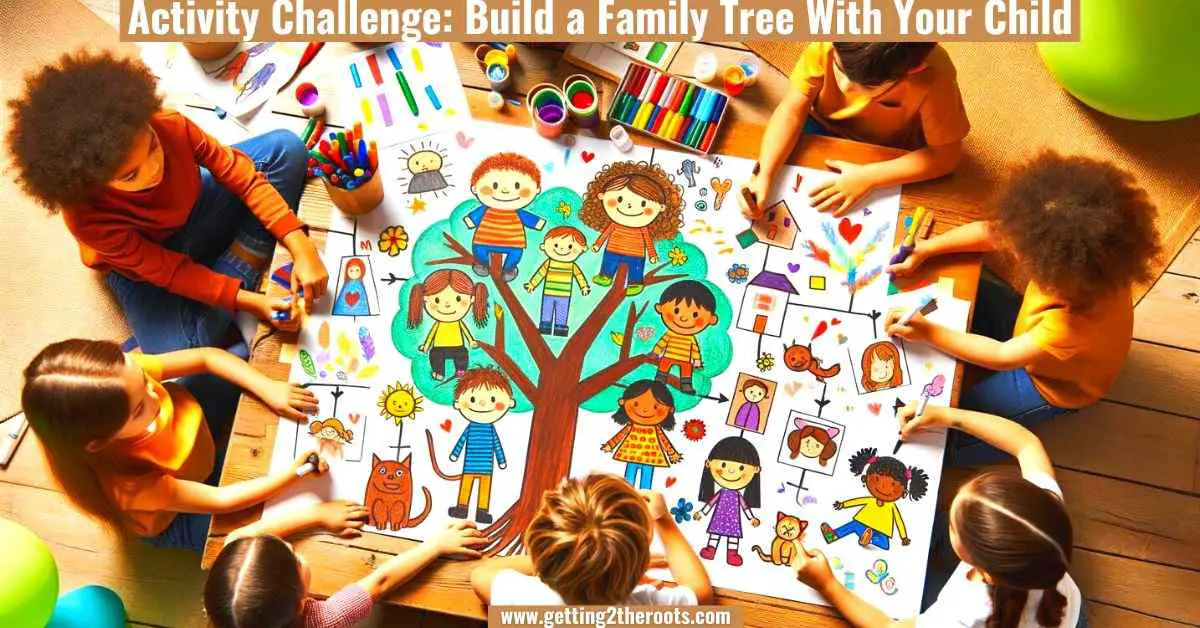








2 thoughts on “Activity Challenge: Build a Family Tree With Your Child”
Harrison Duckworth is my 3rd Great Grandfather
Hi Paula, we are related!